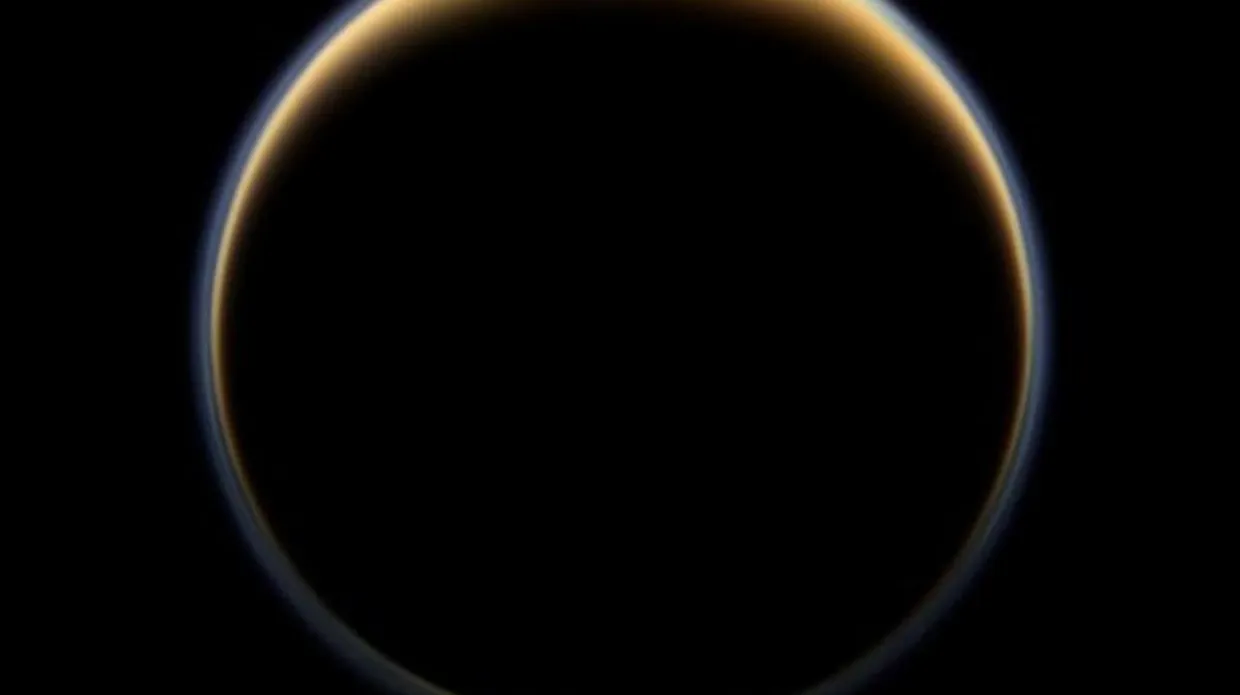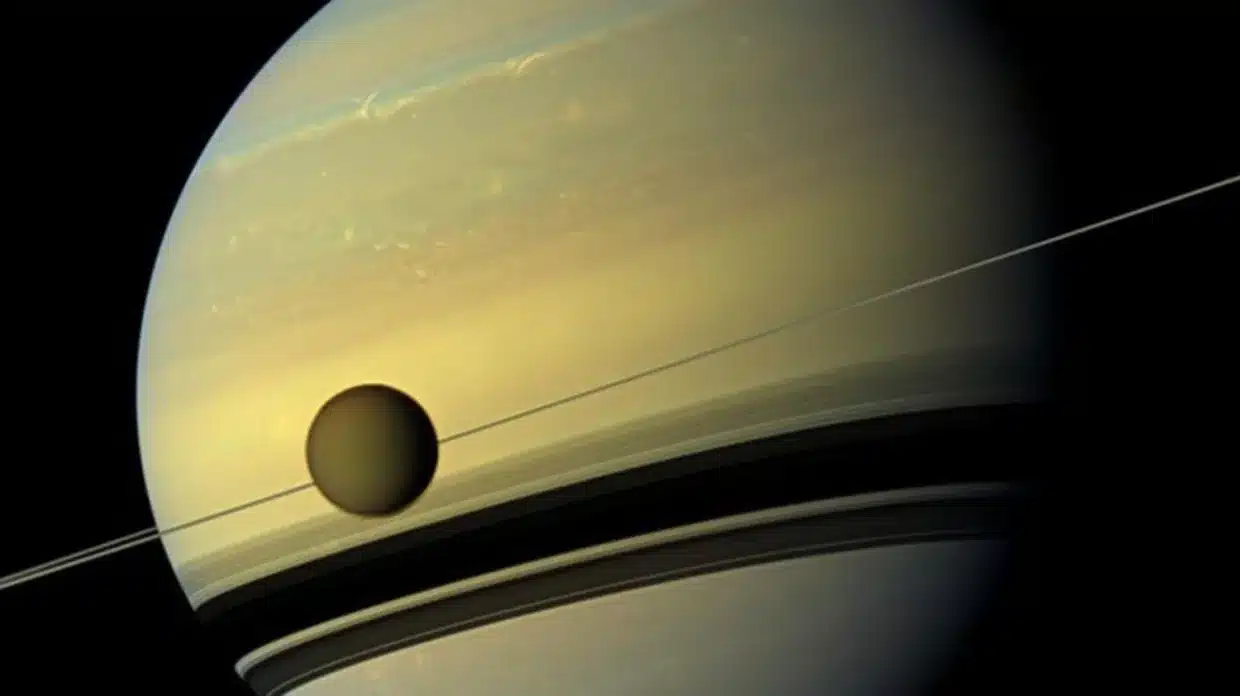Saturn’s largest moon, Titan, has long intrigued scientists with its Earth-like features and complex organic chemistry. A recent study delves into the potential for microbial life in Titan’s subsurface ocean, examining whether simple organisms could survive by fermenting glycine, the simplest amino acid.

Titan stands out in the solar system due to its dense, nitrogen-rich atmosphere and surface lakes of liquid methane and ethane. Beneath its icy crust lies a vast ocean of liquid water, making it a subject of interest in the search for extraterrestrial life. The moon’s rich organic inventory raises questions about its habitability and the possible existence of life forms.
Researchers from the University of Arizona and Harvard University explored the feasibility of glycine fermentation as an energy source for potential microbes in Titan’s ocean. Glycine, abundant in the solar system, could theoretically support simple, microscopic life forms through fermentation—a metabolic process that doesn’t require oxygen.

The study suggests that while Titan’s ocean might possess the chemical conditions necessary for glycine fermentation, the potential biosphere would be minimal. The limited transfer of organic material from the surface to the ocean could sustain only a small population of microbes, weighing just a few kilograms in total. This sparse distribution would make detection challenging.
